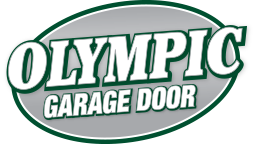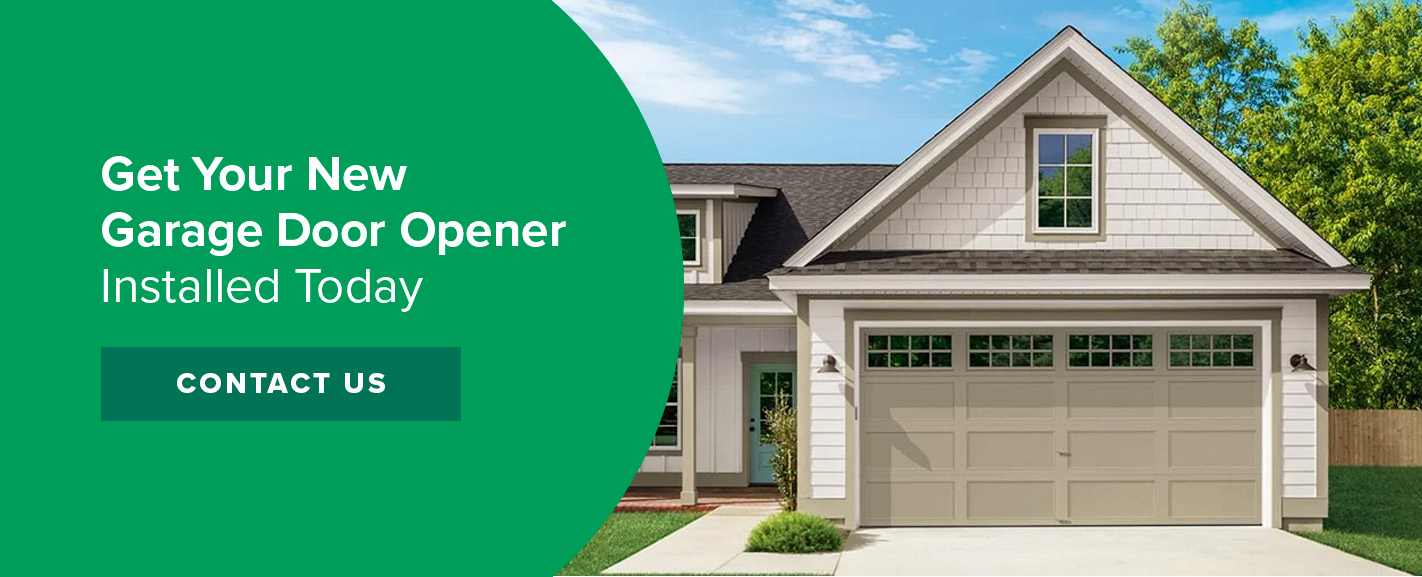Parts of a Garage Door Opener System
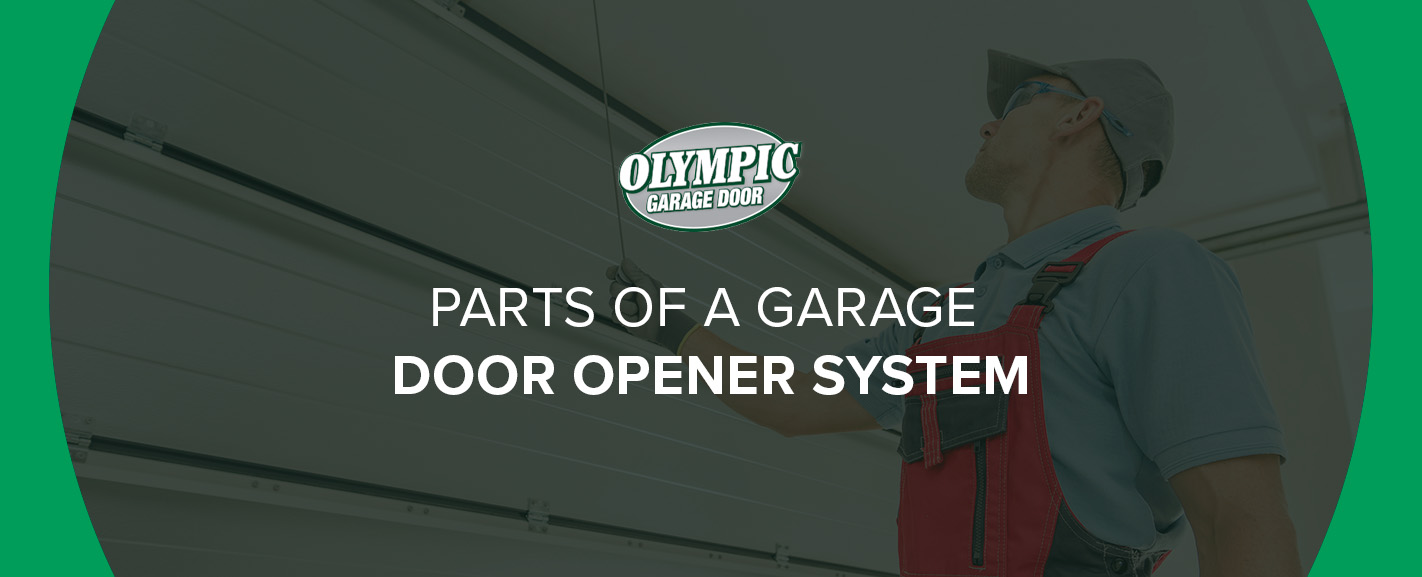
Several parts of a garage door opener system work together to open and close a garage door automatically. With the push of a button, you eliminate the need to manually lift heavy doors, especially in inclement Washington weather. A well-functioning garage door with a modern opener contributes to the overall curb appeal of a home.
Understanding how different garage door parts work helps you maintain your opener system and troubleshoot any issues that may arise. Whether you’re thinking of installing a new unit or repairing an old one, first, you need to learn more about how every part contributes to a reliable garage door opener system.
Contact Our Experts on Garage Door Openers
Parts of a Garage Door Opener System
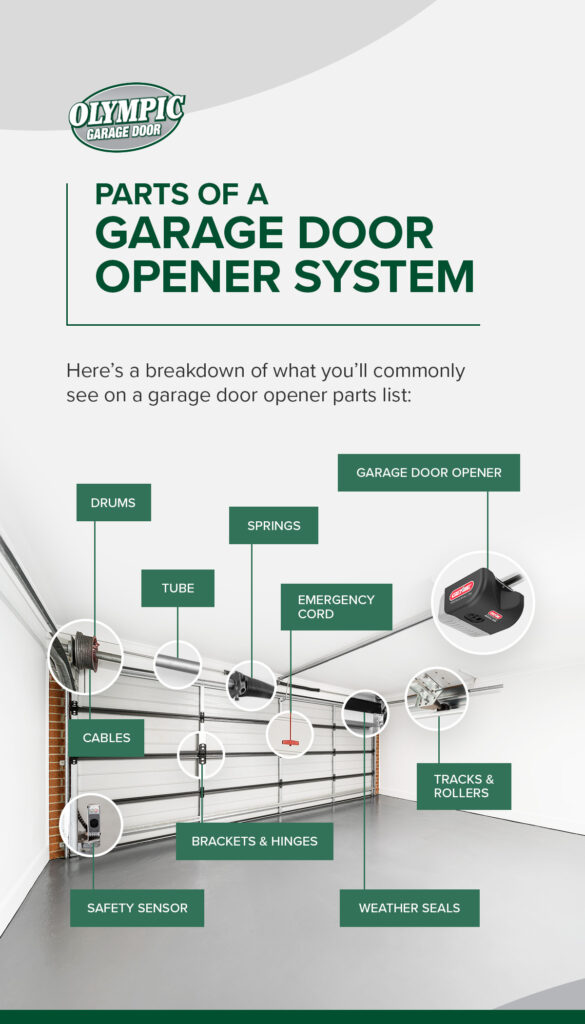
So, how does a garage door work? Garage doors are straightforward once you know how all the important parts work together to help them open and close. Here’s a breakdown of what you’ll commonly see on a garage door opener parts list with an overview of each one’s function.
1. Garage Door Opener
The door opener is the motorized unit that hangs from the garage’s ceiling. It receives signals from the remote or wall switch to operate the door. The motor inside this unit generates the power needed to lift and lower the garage door. There are several types of common opening mechanisms:
- Chain drive openers: This type uses metal chains to lower and lift garage doors. They’re reliable, durable and generally the most affordable option. These openers are best for detached garages.
- Belt drive openers: Instead of a chain, this opener uses a rubber belt to move the trolley, which raises and lowers the door. Compared to chain drive openers, belt drive types offer a smoother movement with less vibration, giving a more quiet operation. This opener works where noise reduction is important, such as garages located next to or below living spaces.
- Screw drive openers: This type uses steel rods that have threads on them to move the trolley. As the rod turns, it raises or lowers the door. With fewer moving parts, it operates more quietly compared to chain drives. It’s a great low-maintenance option for homeowners.
- Direct drive openers: With a simple design, the motor itself moves along an unmoving chain. For homes where noise is a primary concern — such as those with bedrooms above the garage — this opener provides a quiet operation with fewer moving parts, offering less maintenance and a longer life span.
- Jackshaft openers: This type is mounted on the wall next to the garage door instead of the ceiling. It uses a direct drive mechanism to operate the door. While installation may be more complex, it saves on ceiling space, benefiting garages with high ceilings or overhead storage.
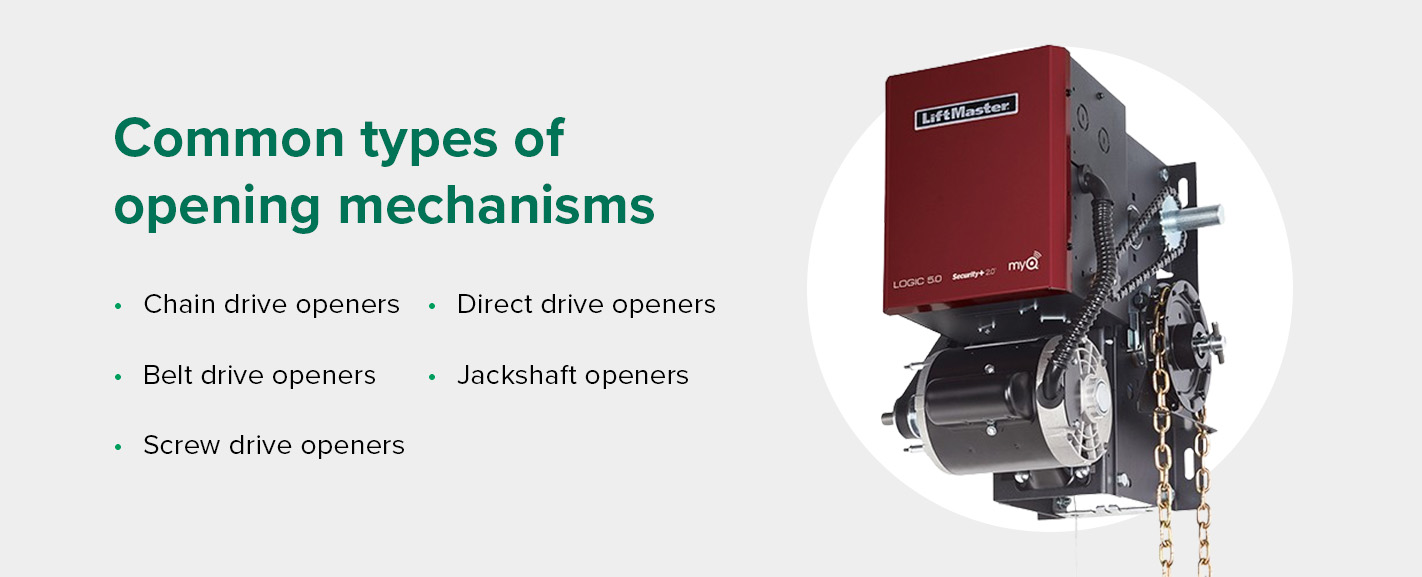
2. Springs
Garage doors typically use torsion springs — which are mounted above the door — or extension springs that are located along the horizontal tracks. Springs hold elastic potential energy, which can produce enough power to balance out the door’s weight. That’s why if you lift a garage door manually, you’re not handling anywhere near the full weight of the door. It’s the placement of torsion springs above the door makes that movement easy.
3. Tube
The cylindrical bar that runs above the garage door is called a tube shaft. It allows the torsion springs to function properly and helps transfer their energy to the garage door.
4. Drums
Essentially pulley wheels, drums are attached to the tube shaft’s end points. When the energy from the springs is released, it causes the drums to rotate. Since the drums connect to the cables, this rotation causes the cables to move.
5. Cables
The connection point between the opening mechanism and the door itself comes in the form of metal lifting cables that run vertically from the bottom of the door to the drums. They connect the door to the opener mechanism. As the drums rotate, the cables pull upward to lift the door.
6. Tracks and Rollers
Door tracks and rollers keep the garage door on a set path. Tracks are metal guides that run vertically and horizontally to provide a path for the door to move. Rollers are small wheels that fit into the tracks, allowing the door to glide smoothly on the track. Together, they ensure the door moves straight without crashing into the ceiling or going off track. As a safety feature, if the garage door ever comes off this track, it will remain closed.
7. Brackets and Hinges
Brackets and hinges both perform a role related to keeping the garage door mechanism connected. Brackets, made from metal parts, secure the cables and rollers to the garage door.
You can find garage door hinges in the middle of the door itself. The door is made up of different door panels so it can fold as it opens, enabling it to transition smoothly. The hinges are what make this possible, keeping the different panels connected but also allowing them to fold.
8. Weather Seals
The whole point of a garage door is to guard your car and home from drafts, insects, rain, snow and other natural elements. That’s why garage doors come with weather seals made from strips of rubber or vinyl along the sides and bottom of the opening. The door seals bridge the small opening between the door and the floor and walls.
It’s a good idea to check the weather seals every so often. Unlike the other parts of the door, you may not immediately notice if they become damaged. If you do notice, you’ll probably want to replace them with new seals.
9. Safety Sensor
The photo eye consists of two sensors, one on each side, located on the wall at the bottom of the door opening. These sensors face each other, and one sensor projects a light beam into the lens of the other. As long as this beam is unbroken, the door functions normally. When the second sensor is prevented from detecting the light — which is what happens if something is blocking it — it stops the door from closing.
10. Emergency Cord
The emergency release cord is another safety feature. You’ll probably recognize it as a red cord hanging from the opener. This feature is useful if you need to perform maintenance on the door without the risk of it opening or closing automatically, or if you need to lift it halfway. You can still lift the door manually with the motor disengaged because the springs will function normally. With the cord pulled, you won’t have to worry about the door moving on its own.
All the different parts of a garage door opener work together to enable the garage door to open and close automatically. Each component affects the performance and safety features of a garage door system. Understanding the individual parts allows owners to perform proper maintenance on their garage door openers to ensure they operate smoothly and last longer.
Olympic Garage Doors offers garage doors in several different styles and materials, along with top-notch installation and repair services. From track and lift cable issues to garage door opener repair, we do it all.
Contact our team and tell us what you need. Or request an estimate today to get started on your new garage door installation.
